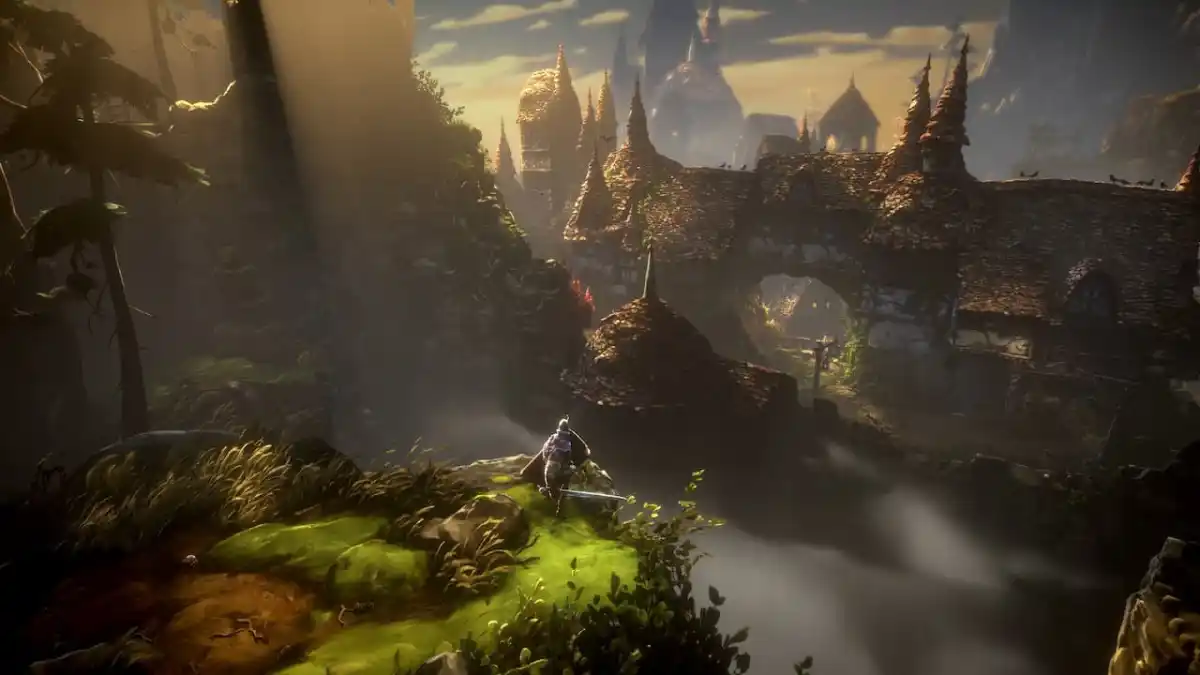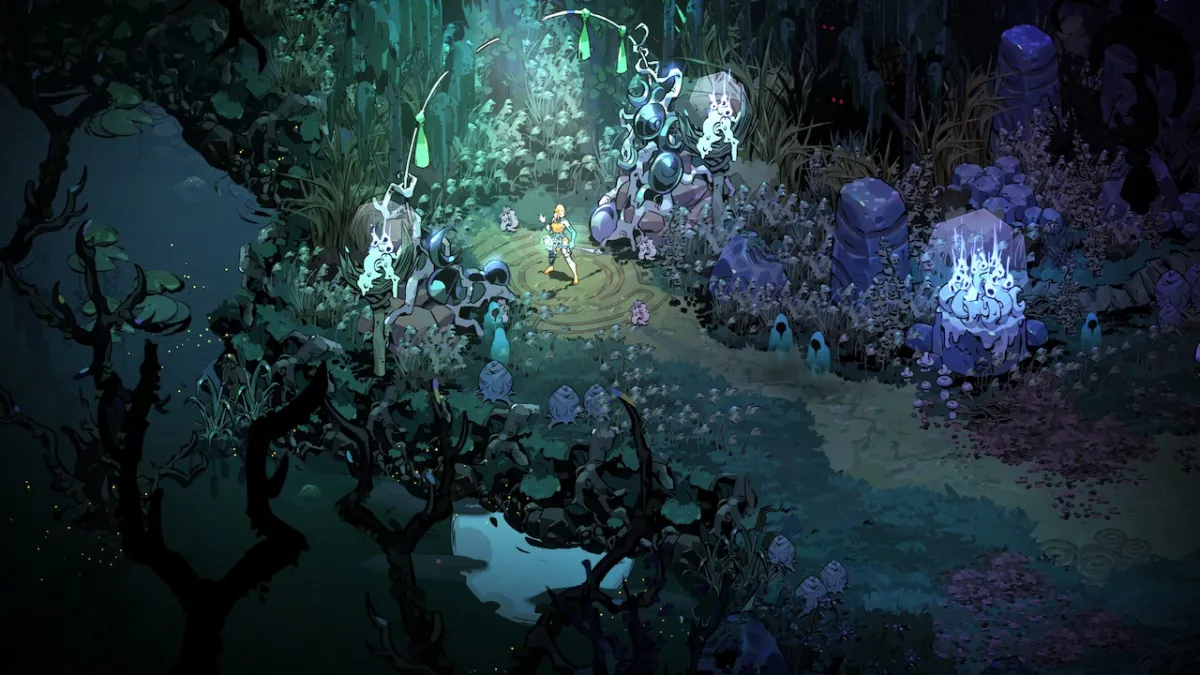Have you ever stood there gawping at the fine detail and gracious strokes of a Monet at the British Museum, only for you to suddenly realise that the person you’re passing such eloquent comment to is in fact a random stranger? Yep, it was because your friend couldn’t be bothered to wait for you to stop gawping and decided instead to head off for lunch without you. Ouch!
That same risk of being abandoned in a woozy stupor is present with SEGA’s first strategy RPG for the PS3: this thing here, called Valkyria Chronicles. You’re probably wondering how a strategy game can inspire such feelings – strategy games are, you reason, the preserve of scary bearded people, are they not? Well, not anymore.
Valkyria Chronicles looks like no other game – it’s a vast watercolour masterpiece that has been animated and brought to life. Every surface in the game – even the sky, which is only a sort-of surface – is textured and blotted like a patch of real canvas. You can see the brushstrokes and the faintly pencilled outlines of objects, and there’s what looks like human handiwork everywhere (even in the game’s menu screens).
It’s just as well that Valkyria looks so distinctive and full of life, because the story it tells is equally alive and forceful. This yarn is one of international European conflict upsetting a neutral peace-loving country that lies in the middle of the chaos and is rich in natural resources coveted by the Big Encroaching Armies. The events take place during the 1930s, but the game’s geography and history are detached from reality. Valkyria’s map of Europe is just a vaguely sketched approximation of the real thing. (So no, that “little country” is not called Switzerland – it’s the fictional land of Gallia, which is located roughly where you’d find Belgium and The Netherlands on a real atlas.)
It’s obvious this cut away from reality is a deliberate design choice, and the result is a surprisingly upbeat story of a 20th century war. The player’s role in all this is revealed one page at a time, with the game visibly opening up in the form of digitised book: every page in the game’s tome of a World Access screen contains windows into ‘episodes’, some of which are just cutscenes that advance the story while others are playable battle scenes. This is a neat presentation trick as it keeps everything partitioned and orderly. On the downside, it can sometimes leave you feeling as though you’re playing an interactive book rather than a modern, open-to-exploration kind of game.
Fortunately, once you’re into the battles everything else sinks into insignificance – the linearity of the book format included. You have complete control of your troops’ movements through fully 3D environments via a third-person perspective, which makes the action feel more like a team-based shoot ‘em up than a traditional strategy game. But there are of course certain limits in place to keep battles interesting and tactically orientated. These include the ability to use a weapon only once per each turn of movement, as well as a cap on the number of turns you can make before the enemy is permitted to reposition its forces.
Prior to and between each switch of play, you’re granted an overhead view of the battlefield, which proves essential for strategic planning. The stakes are high, because if even one of the key members of your squadron is killed the result is an instant GAME OVER. To counter this harsh setup, SEGA makes it possible for you to save your game in the middle of a battle. The result is a finely balanced and often deeply involving battle system, and it’s principally this aspect of the game that makes Valkyria Chronicles worthy of investigation.
The storybook side of Valkyria keeps the game’s excellent battle scenes together in some kind of context, but while the cutscenes look gorgeous and the plot has plenty of twists, it does occasionally edge close to becoming an annoyance. The contradictory mix of Japanese anime-style character faces and American accents in a European setting can also be a bit off-putting. The overall effect is much more cohesive with the voice tracks switched back to the original Japanese (which can be done simply by dipping into the Options screen). That way, Valkyria Chronicles comes across as an odd but endlessly likeable mix of Japanese and European charm – great for gawping at.


